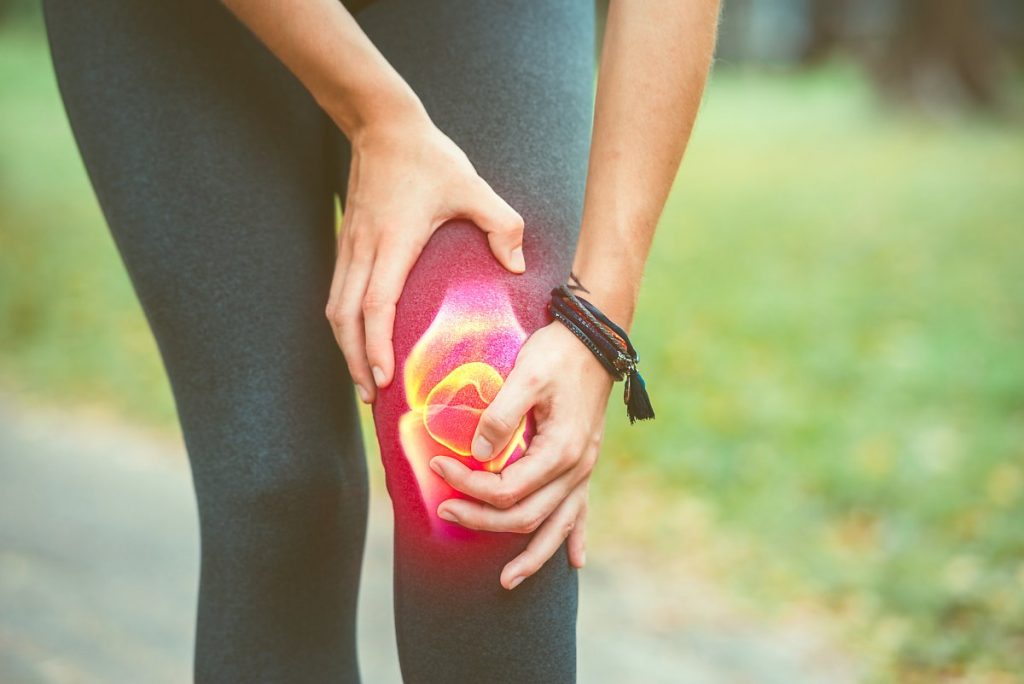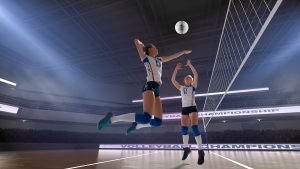
Volleyball is a sport that requires a lot of upper and lower body movements, such as a lot of jumps, running, strong swings, and diving for receiving, so injuries are inseparable for volleyball players.
In fact, many volleyball players experience poor performance due to injuries.
Then, let’s take a closer look at what injuries occur a lot in volleyball players and what are some ways to prevent them
1. Knee injury
Due to the nature of volleyball, which repeats jumping and landing on a solid floor, knee injuries are reported to occur the most in volleyball players. Patella tendinitis of the knee bone tendon, which connects the patella and the bony bone and transmits the knee extensor of the femoral muscle, is a typical example.
It often occurs in athletes who jump and land so much that it is called the jumper’s knee. It appears a lot in heavy athletes, and interestingly, it occurs well in athletes with good jumping skills.
Inflammation of the tendon of the knee bone is caused by pain in front of the knee, especially when jumping and landing, and when the knee is completely bent. When you have pain, pain relief using nonsteroidal anti-inflammatory drugs and ice packs is helpful, but it is most important to wait for partial damage to the tendon to be regenerated during rest.
How to Prevent Knee Injury >>
To prevent knee injuries, it is recommended to wear cushioned shoes and avoid excessive jumping practices during training. It is also important to strengthen quadriceps femoris to lose weight and reduce stress on the tendon of the knee bone.
2. Ankle injury
Acute ankle sprain, commonly referred to as “sprain of ankle,” is the most common ankle injury. There are reports that one person has sprained his or her ankle in every 14 games. Acute ankle sprain is also a high risk of recurrence. It usually occurs near the net, and occurs when you jump after blocking or spiking and landing.
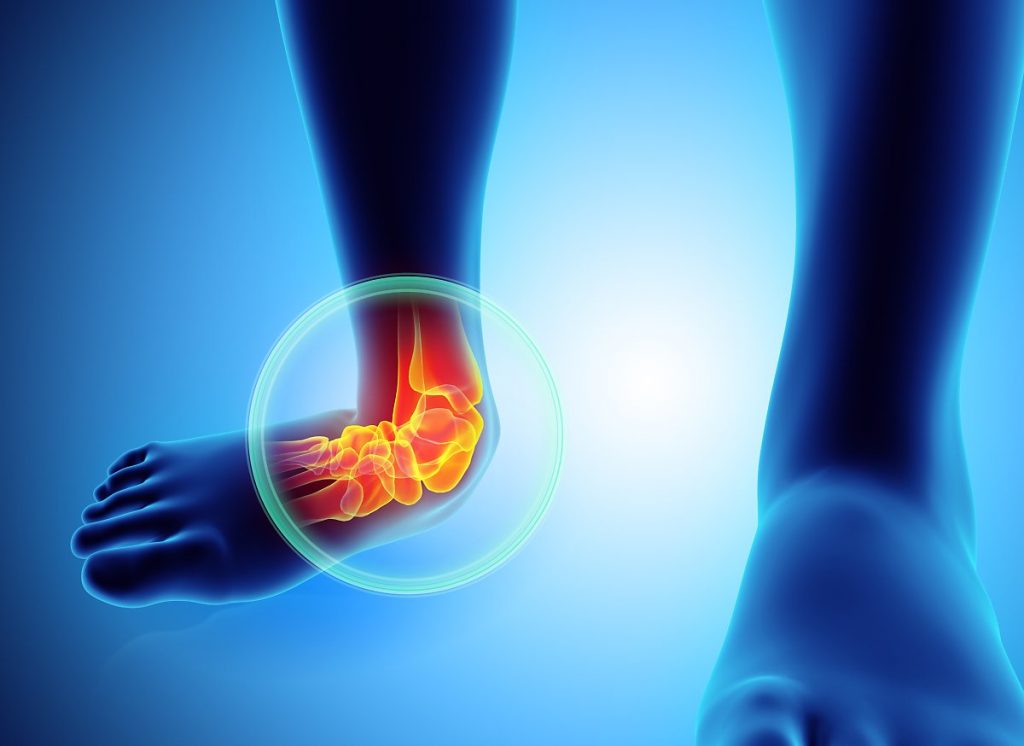
Ankle injuries mainly cause anterotopic ligaments damage due to internal damage to the ankle, which can be divided into intra-lateral damage in the first stage, ligament damage in the second stage, and instability due to complete ligament rupture in the third stage.
In addition, damage to the interstitial ligaments connecting the tibia to the nasal bone or, in severe cases, fractures of the outer and inner ankle bones of the ankle may occur, leading to surgery-required injuries.
How to Prevent Ankle Injury >>
It strengthens the peroneal muscle outside the ankle so that the feet can resist the internal reaction force that bends inward. Before a game or training session, tape the left and right ankles to reduce the incidence of ankle sprain. In the event of acute ankle sprain, it is recommended to immediately prevent further damage through icing and splint fixation, and to restore the function of the ligaments through external ligament suture if progressed to chronic instability.
3. Shoulder injury
You can be exposed to shoulder injuries in strong hitting of the ball or stretching your arms while diving. In particular, volleyball players are at high risk of rotator cuff damage and biceps damage due to repeated shoulder use for a long time. In particular, it is reported that about 30% of volleyball players experience atrophy of the lower part of the rotator cuff of the shoulder due to repeated arm swings. As a result, the extra-shoulder rotational muscle strength weakens and the balance of the muscles around the shoulder collapses, causing Sick scapula syndrome.
In addition, continuous micro-damage of rotator cuffs can cause acute partial rupture and chronic tendon inflammation, causing performance degradation.
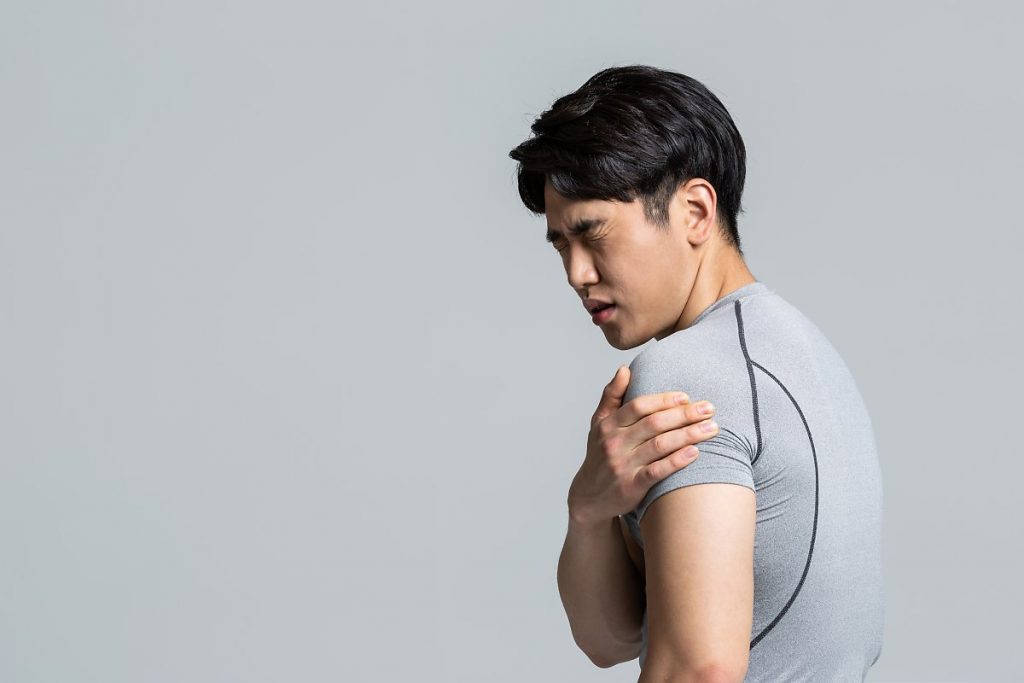
How to Prevent Shoulder Injury >>
It is necessary to maintain the harmony of muscle strength around the shoulder joint by performing sufficient stretching, rotator cuff muscle strength exercise, and muscle strength around the shoulder joint. In the event of acute pain, it is necessary to accurately find and treat lesions by taking MR artrography administered with contrast agents.
4. Back Pain
Back pain is also one of the frequent injuries that bother volleyball players. In one paper, 48 percent of volleyball players complain of lower back pain. Excessive back movements and shocks cause back pain, which is highly related to the characteristics of volleyball that uses the whole body, such as ▲ spikes ▲ serves ▲ receives.
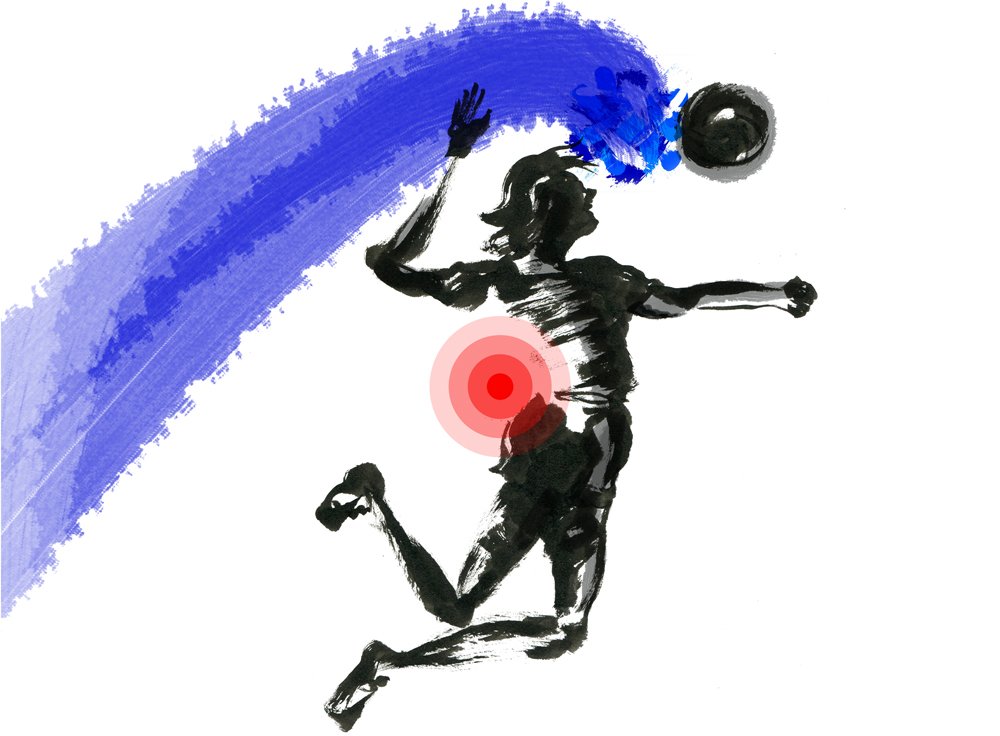
If pain is accompanied by radiation pain extending to the hips, thighs, or calves, lumbar disc hernia may be suspected. In this case, accurate diagnosis is required through magnetic resonance imaging.
Excessive flexion of the waist forward after an attack and repeated landing can increase pressure in front of the lumbar spine and cause lumbar intervertebral disc damage. In most cases, it is treated with medication, but nerve block surgery or disk removal surgery is required if it is accompanied by sensory abnormalities and muscle weakness of the lower extremity.
How to Prevent Back Injury >>
Exercise that strengthens the waist and core muscles usually helps prevent back injuries. It is preventable with strengthening exercises and core muscle exercises, i.e., strengthening abs, spinal upright muscles, and gluteus maximus to disperse waist shocks when jumping or landing.
5. Finger injury
Finger injuries are inevitable for volleyball players. This is because the ball is directly impacted by spikes or blocking. From simple sprains, which are damages that stretch the joint membrane and ligaments, to dislocation and fracture of the joint in severe cases.
Even a small fracture of the finger bone makes it difficult to play in the game and takes more than three weeks of rest, which is fatal to the player.
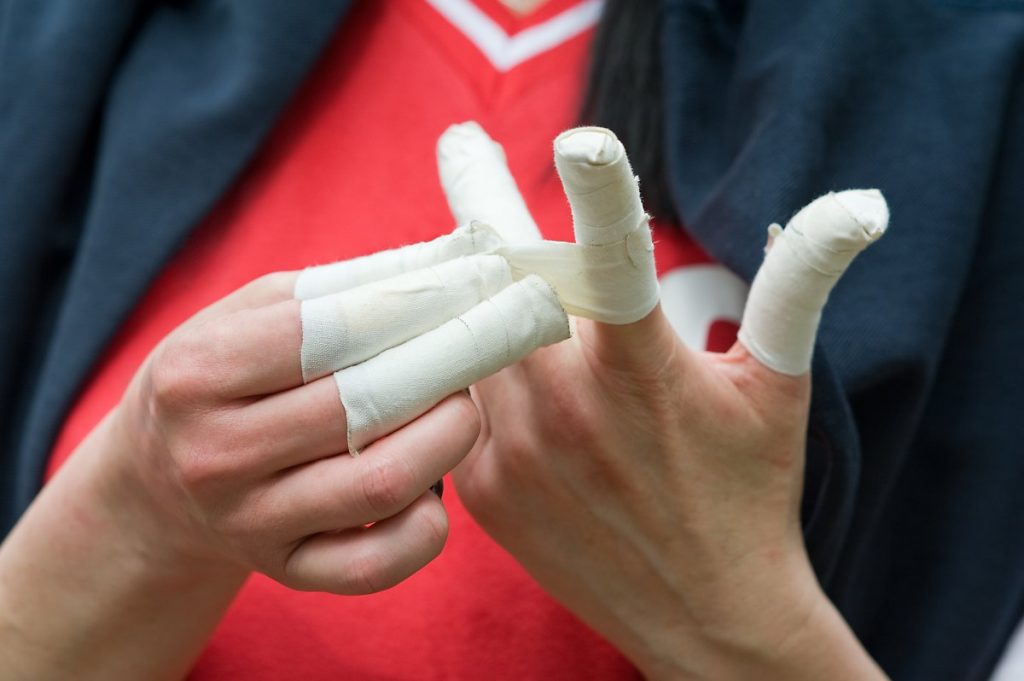 How to Prevent Finger Injury >>
How to Prevent Finger Injury >>
Stretch your finger joints enough before the game to increase flexibility in your joints. It is important to protect your finger joints from shock through finger taping or finger guards during the game.
If a finger is accompanied by a bruise after an injury, a fracture is suspected, so it is necessary to visit the hospital for accurate diagnosis and treatment through an X-ray examination.


